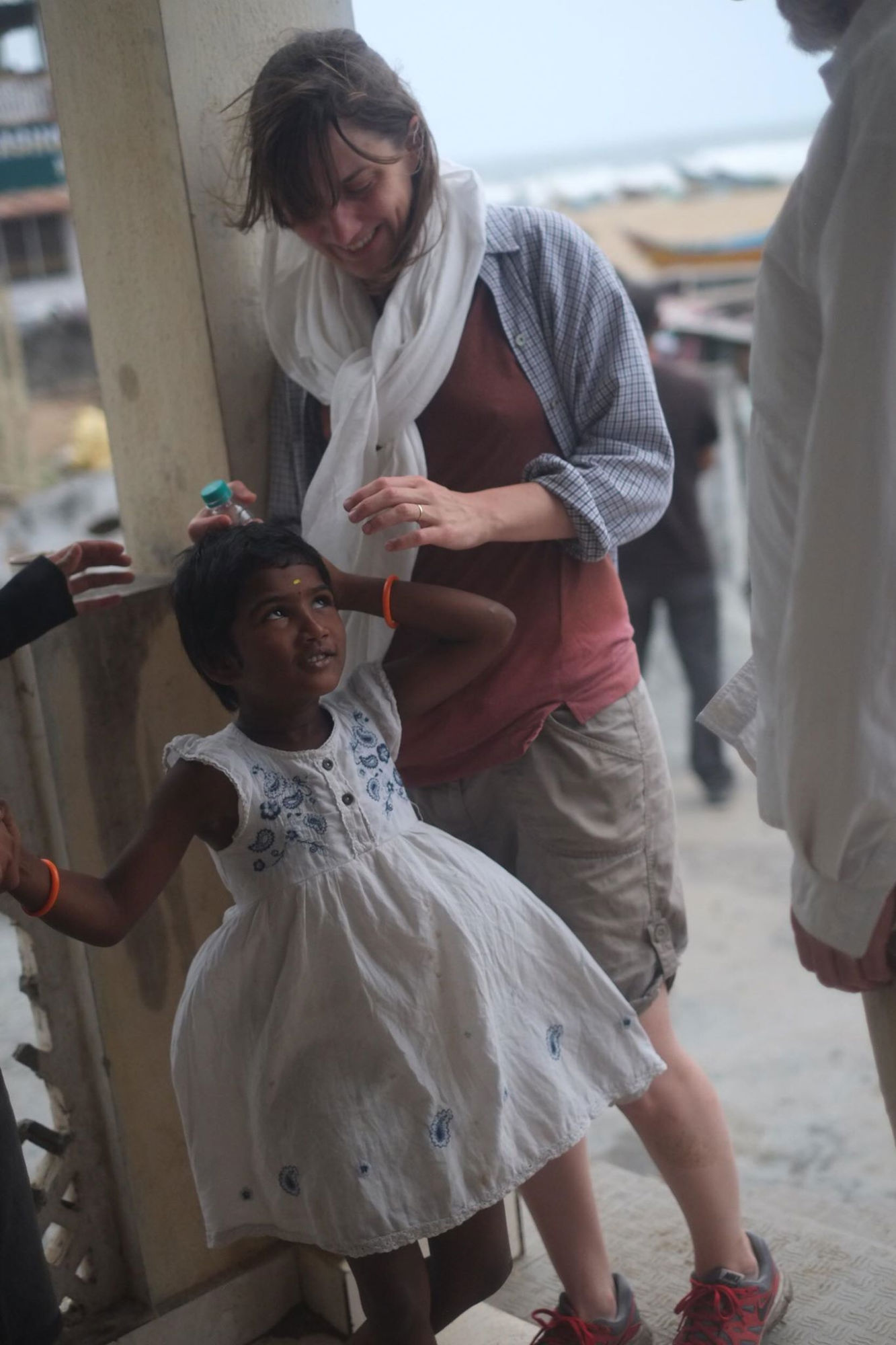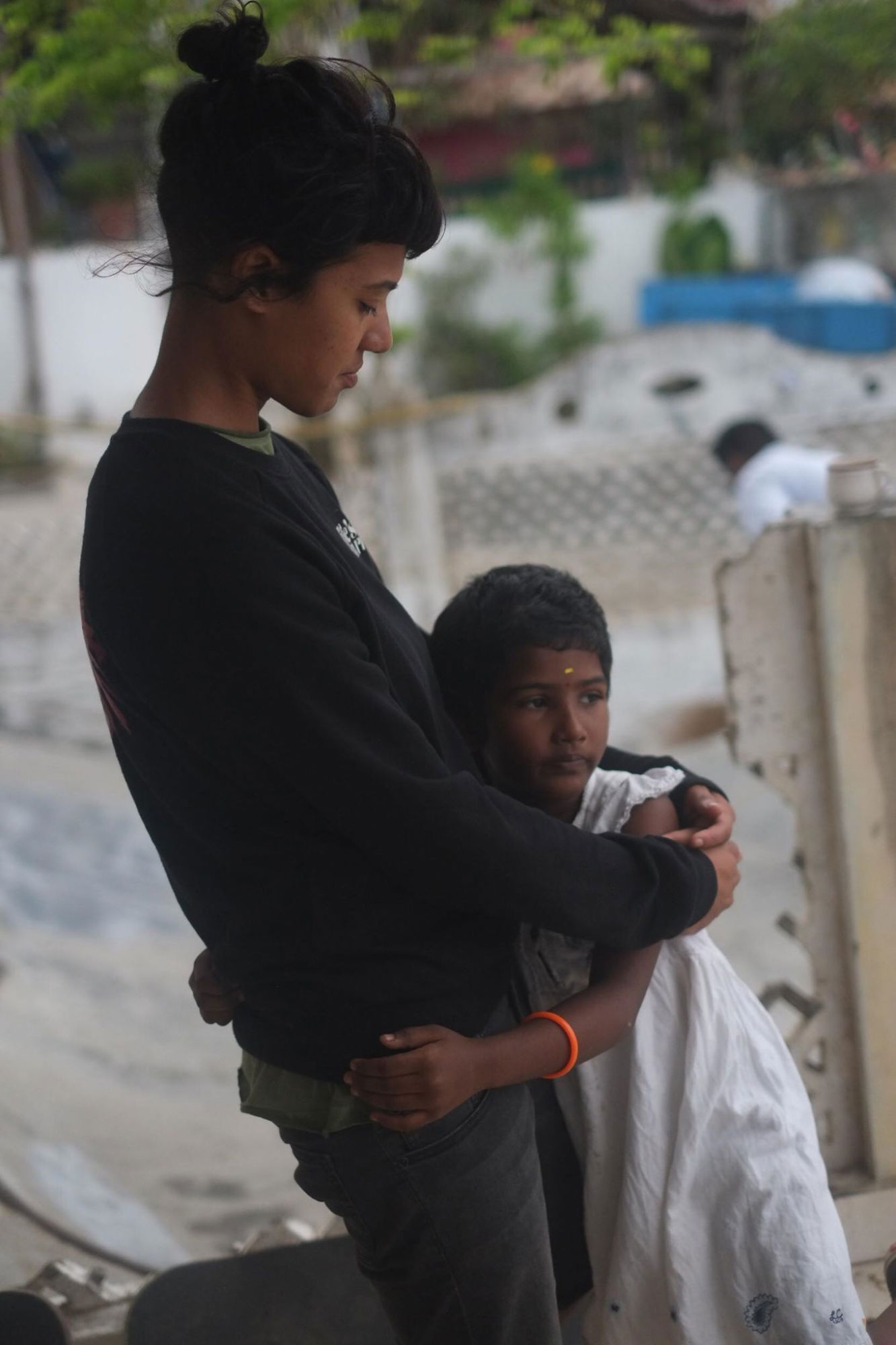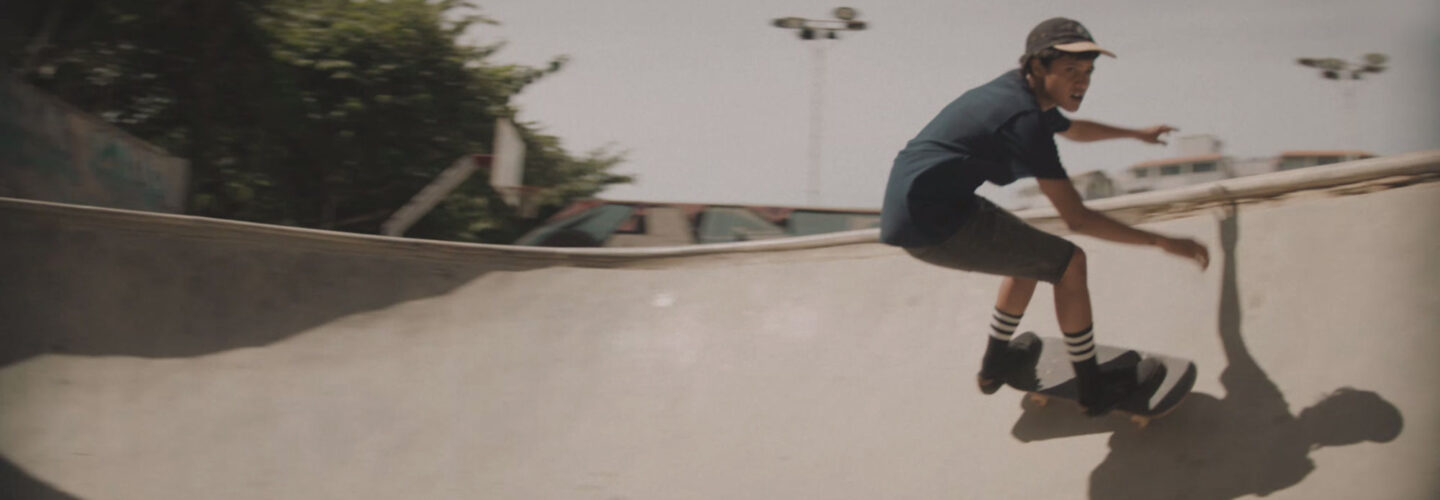
Back in March Director Adi Halfin introduced us to the astounding paralyzed breakdancer Dergin Tokmak in her film for Toyota’s Start Your Impossible campaign. Today Adi returns to DN with a new profile documentary for the Japanese carmaker, this time featuring Indian skateboarder Atita Verghese who is driven by a passionate conviction to help girls all over India leave behind the outmoded restrictions of traditional gender roles and forge whatever path they desire. DN asked Adi to share how she brought the inspiring story of this dynamic young woman, actively engaged in changing the world for the better, to screen.
I was first approached by the producers in Rejell Hamburg, to direct the film about break dancer Dergin Tokmak, as part of Toyota’s Start Your Impossible campaign. On the day we wrapped Dergin’s shoot, they mentioned Atita’s story – the first female skateboarder in India. I immediately knew I wanted to do it and without knowing anything about her I immediately said “yes”. I was so thrilled about her story that I went home after two crazy shooting days and starting reading articles about her. She gave a very inspiring Ted-X talk about education in India and how children are taught strict gender roles from a very early age. I was amazed to hear such smart insights from this young person. She understands this world better than most of us and she’s actually doing something to change it.
In India, the difference in the upbringing of girls and boys is very evident. But when talking to Atita, we both realized it’s the same everywhere. It’s just portrayed in different ways in different cultures. Girls are taught from a very young age that some things are just for boys. Growing up as a tom-boy, I could definitely identify with that.
There was so much to tell about Atita that it was hard picking out the storyline, limited to only three minutes. Atita is very modest and it was important for her to show more skater girls rather than herself. She’s done such great work with these girls and she felt they deserve to be seen. It only made me respect her more and I’m happy she insisted on it because we got to meet some amazing badass skater-girls. It was truly inspiring just to see them.





Our set was an insane mixture of cultures, backgrounds and working styles – the Japanese Dentsu creatives, a German producer, an Indian producer and an Israeli director – but there was so much love invested in the project that everyone was really aiming for a good end result.
This was my second time shooting in India so I was well prepared for chaos. Before flying there, I knew that most likely nothing we planned would happen, but if we were attentive enough, things would go well beyond our expectations. This is always the case in documentary films, but in India, you really don’t know what to expect. Many times we were trying to be invisible to crowds so that we could film without hundreds of people staring into the camera. I have no idea how my AD made it work, but eventually, we got those nice shots of Atita skating in the market.
Sometimes a static long-shot of hundreds of people can be so much more emotional than a close-up.
I think that the most exciting moment for me was filming in the school; it was important for me to portray the physical segregation between girls and boys in schools. Not only do they have different uniforms, but they are physically separated in classrooms. But what really blew me away was the image of their morning assembly. Seeing this graphic image of the girls and the boys standing at a precise distance from one another was all it took to tell the whole story of Atita. Sometimes a static long-shot of hundreds of people can be so much more emotional than a close-up. It’s all a matter of context and I feel that that single image of the assembly tells the bigger story here. It’s not just about skateboarding. It’s about equal opportunities and how we can ensure we give our girls these opportunities in a world that constantly tries to define what’s right for women and what isn’t.

The edit was a challenge in its own. After India, I flew to Israel to teach a workshop but it appeared that the agency wanted the film one month earlier than expected. Since I was teaching an intensive workshop every day, I couldn’t physically be in the editing room. The producers in Rejell suggested I work online with Editor Saki Bergh, who edited two of the other Toyota films and is based in Cape Town. At first, it seemed like a crazy idea working online. I really like to sit next to the editor and ‘feel’ the footage, but I loved Saki’s work so much (especially his Die Antwoord music videos) and really wanted to work with him, so I thought I’d give it a try.
I’m still amazed by technology today. It allowed us to work on a three minute project in six different countries.
It was one of the craziest times in my life: I’d drive every morning an hour and a half to the University, talk to Saki on my way there. Then teach. Then I’d break in the middle of class to watch a cut, call him, give him notes and go back to class. Then we’d talk on the phone on my way back to Tel-Aviv. I’d come home and we’d work online till midnight. Then I’d prepare the next day’s class, go to sleep for a few hours and then wake up to the whole thing all over again. It was insane, but Saki was amazing. We totally clicked and had some very interesting conversations during the process. We’ve never met but I feel like we know each other pretty well after all this. I’m still amazed by technology today. It allowed us to work on a three minute project in six different countries.

The big challenge in the edit was to find the storyline. We had two interviews of Atita and basically, everything she said was gold. It’s not easy to tell such a complex story in three minutes. It was important for us to tell a universal story and make sure we reached a wider audience. The separation between boys and girls is everywhere and there’s still a lot to do. I hope that this film will be one small step towards shrinking the gap between the two genders and giving girls more opportunities in this world.


